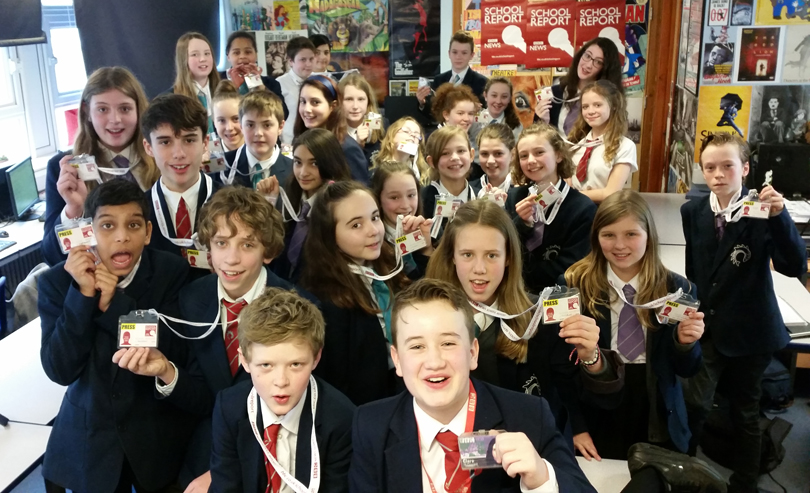Just one person responded to a public consultation about school admissions in Brighton and Hove for 2020-21.
Following the consultation, Westdene Primary School, in Bankside, Brighton, looks likely to change from having three forms of entry – or up to 90 children – starting each year to becoming a two-form entry school, with up to 60 starters in reception instead.
The consultation was carried out over six weeks in November and December and was aimed at all parents of children aged from two to 18 in Brighton and Hove.
The process was started by Brighton and Hove City Council’s Children, Young People and Skills Committee in September as the council carried out a review of its schools admissions process.
Members of the committee will be asked to support the change at Westdene when they meet next Monday (14 January).
A report to the committee has been published. It said: “The council could propose to make no change to the ‘published admission number’ (PAN) for the community schools.
“The council has not sought to reduce the PAN of any school unless it has the support of the governing body.
“Therefore no other reduction in PAN has been proposed.
“The council could propose to make no change at Westdene Primary School but there is a need to reduce the supply of school places in the city as the numbers of children requiring places reduces.”
No comment was made in the consultation about reducing school places at Westdene.
Reducing the number of places will result in a smaller budget for the school, which is rated as good by Ofsted.
Pupil and wider population data is used to identify the numbers of school places required and where they should be located across Brighton and Hove.
People’s upset and concerns about school places is mentioned in the report before councillors.
It said: “The allocation of school places affects all families in all parts of the city and can influence where people choose to live.
“Failure to obtain the desired choice of school can create a strong sense of grievance.”
The new admissions criteria, which need to be in place by the end of February, include giving second highest priority to children who have previously been in care in other countries.
The current criteria are:
1. Children in the care of a local authority (looked after children), and children who were looked after in England or elsewhere but ceased to be so because they were adopted (or became subject to a residence order or special guardianship order).
2. Compelling medical or other exceptional reasons for attending the school.
3. Sibling link.
4. For junior schools only: children attending a linked infant school
5. Other Children.
Within all priorities distance is the tie-breaker.
The shortest distance from an over-subscribed school to its furthest pupil was 462 metres – from Carlton Hill Primary School, in Brighton.
Consultation into the admission arrangements has to be carried out at least once every seven years even if there are no changes.
The Children, Young People and Skills Committee is due to meet at Hove Town Hall next Monday (14 January). The meeting, which starts at 4pm, is open to the public.








